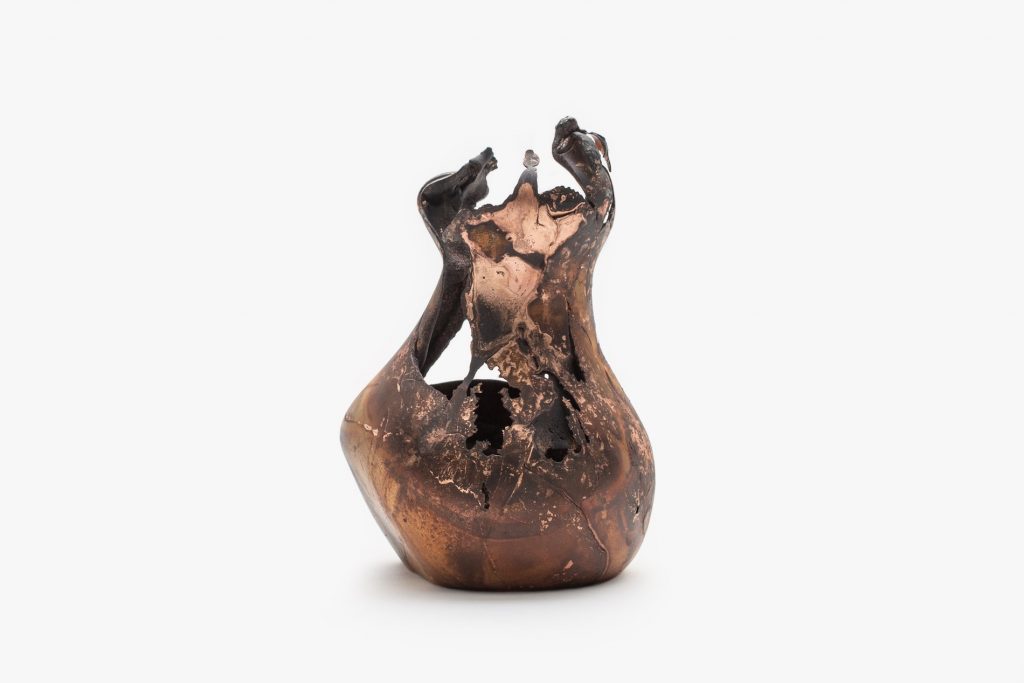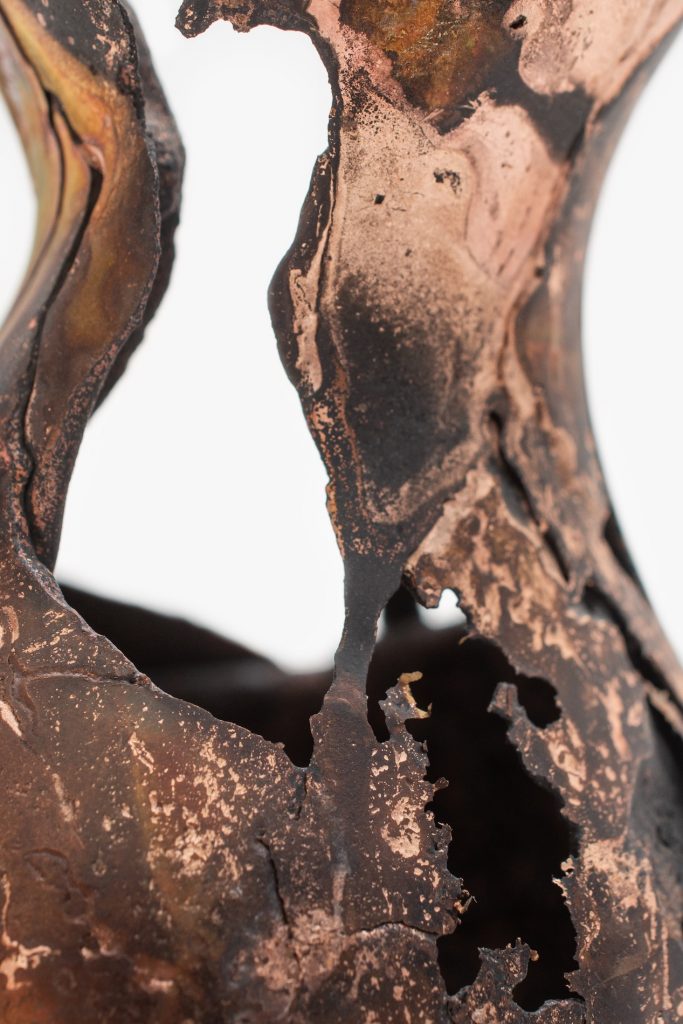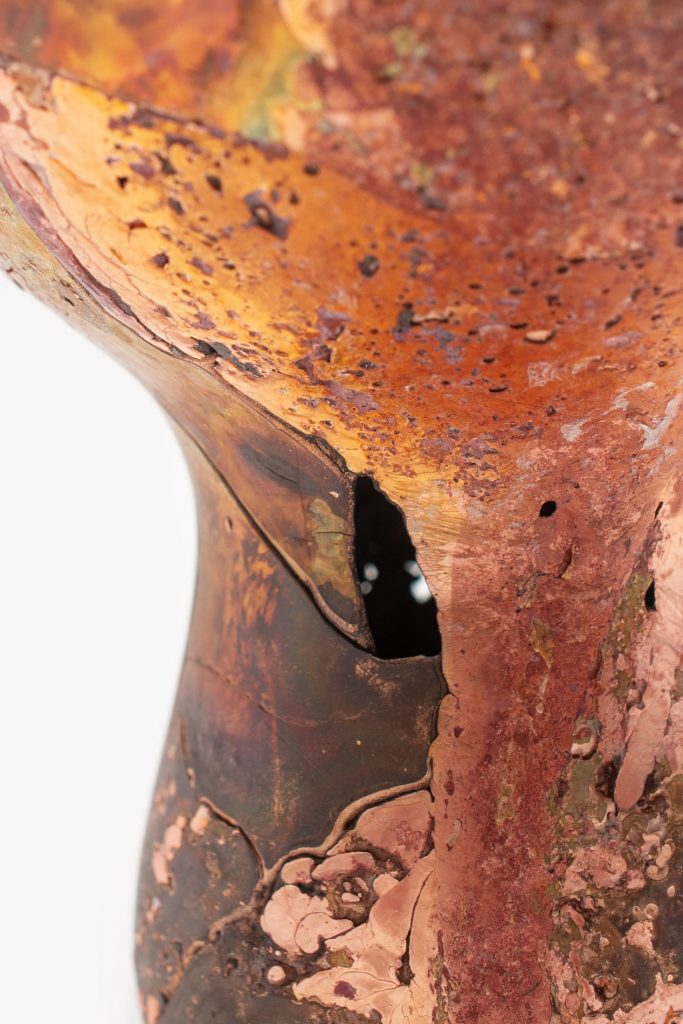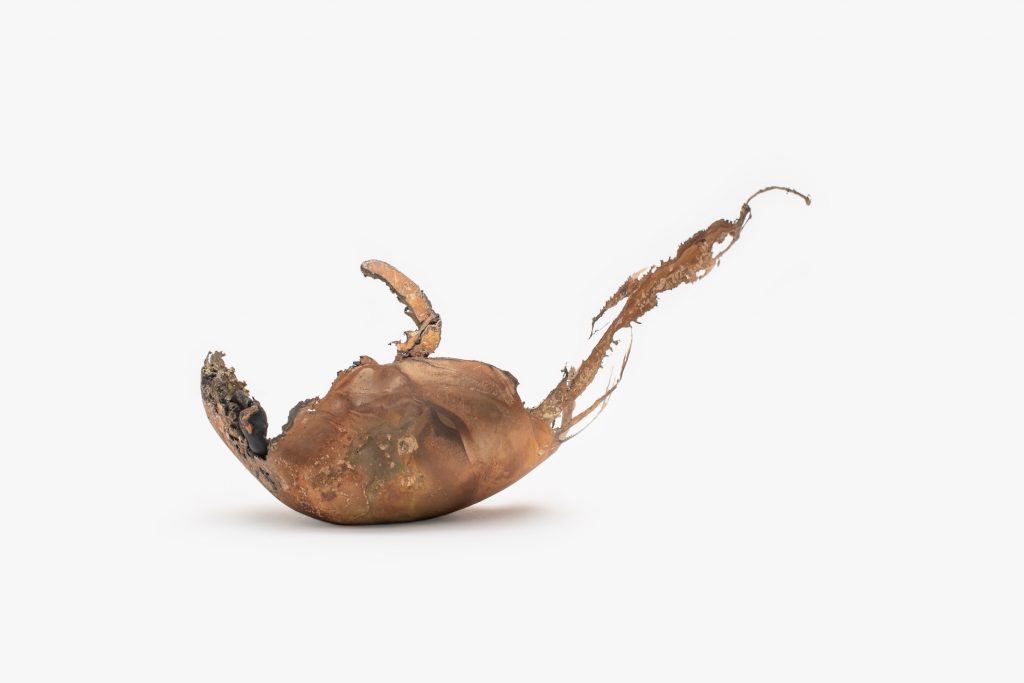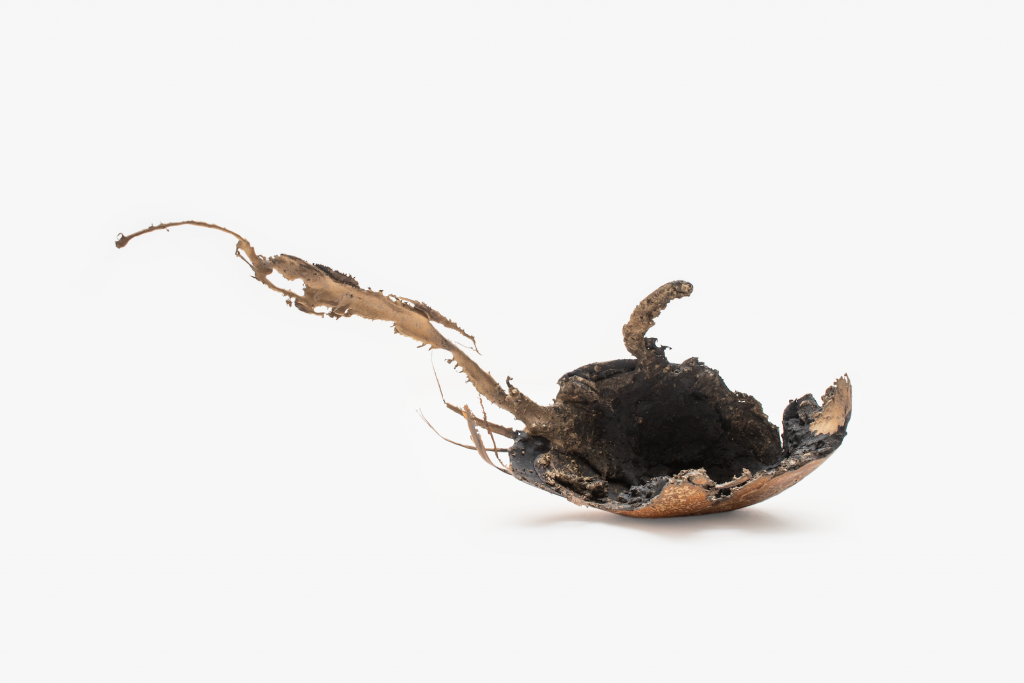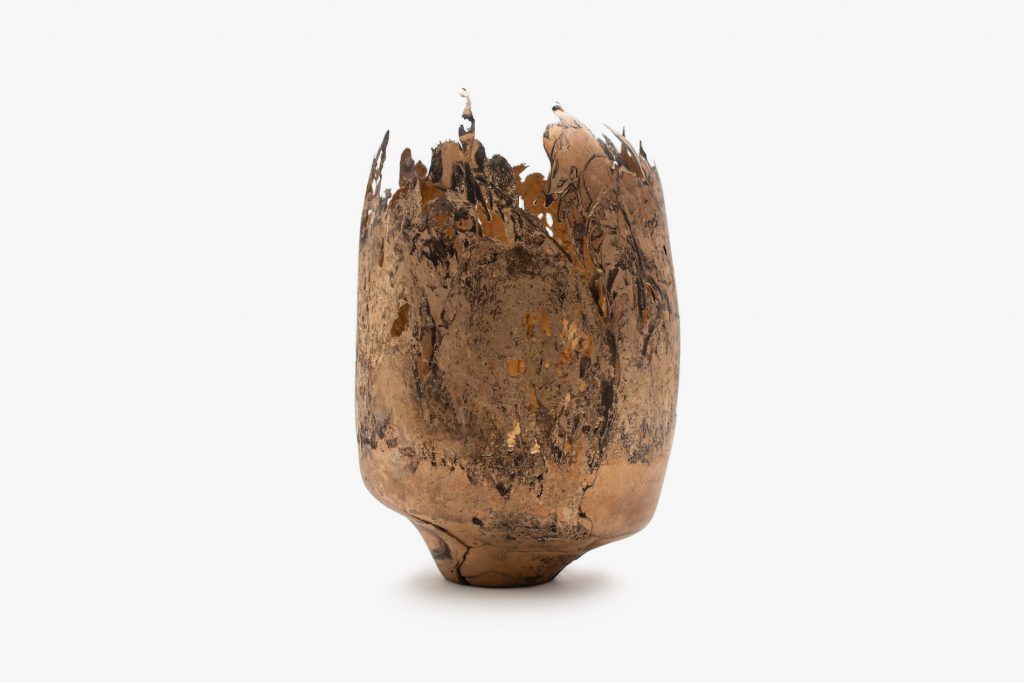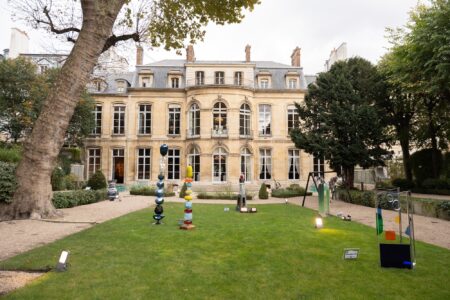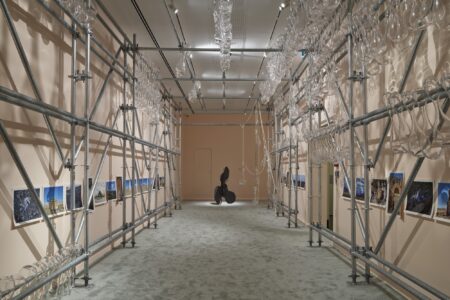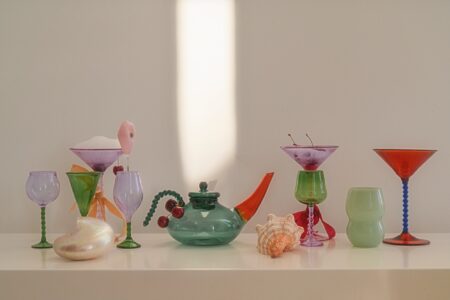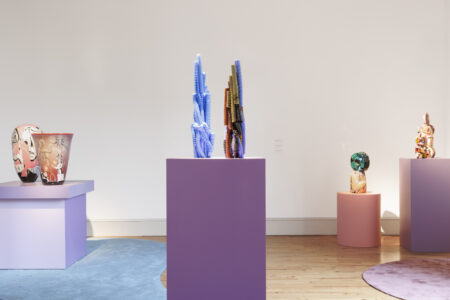Omer Arbel: Ritualized Transformation
TLmag sat down with artist and designer Omer Arbel to talk about his new show ‘113’ at Carwan Gallery in Athens, which is part of his ongoing research.
Artist and designer Omer Arbel presents a series of new sculptural works at Carwan Gallery in Athens. From 4th September until 7th November 2020, the exhibition 113 will showcase a display of copper sculptures that are the result of a strand of new discoveries that are part of Arbel’s ongoing research into the reciprocal relationship between glass and copper. TLmag talked to the multidisciplinary practitioner about the show and its unprecedented context.
TLmag: What prompted this exhibition, and what narrative is it attempting to convey?
Omer Arbel (O.A.): I had a morning to spend in Milan between flights, and Nicolas Bellavance Lecompte invited us to meet in his apartment. I had shown work with Carwan Gallery before and I had with me the first prototype of a 113, packed rather elaborately, so I accepted. Nicolas served us small cakes and tea on a beautiful antique brass tray and told us about his plans to open the gallery in Athens It sounded very exciting to me, and Nicolas liked 113. Somehow a vision emerged of showing an entire collection of the pieces in that room. We all thought the pieces would enter into an interesting dialogue with the textured walls and vast height. Also, 113’s have a sort of archeological quality to them, which seemed pleasing in an Athenian context. It was a cloudy day. After the meeting, we had a wonderful classic Milanese lunch and I flew back home to Vancouver.
TLmag: What role or are the presented objects playing in that narrative?
O.A.: The story told here, as in all my work, is of a ritualized transformation resulting in a very particular object. I like to think of myself as a composer: my job is to write the score, a kind of universal formula; different musicians perform this score in different ways, infusing it with their own individuality and endowing it with particular characteristics. In this case, the “symphony” is an idea about formulating glass with a very different coefficient of expansion to that of brass.
TLmag: Could you go into how your material works in this narrative?
O.A.: A vessel form is created by my glassblower collaborators, based on their individual instincts and mood. Liquid brass is poured in. While the glass and copper are both hot, the copper clings to the inner walls of the vessel, capturing the liquid motion of the pour and making a form. Then the two materials begin to cool down at very different rates, eventually rejecting one another. The glass cracks off and the brass form remains, a shadow or testament to the process of making. To me, the specificity of the object is sacred. 113 at the inception of the process can become any number of infinite forms. However the wavefront collapses into an individual object, exactly as it is and unlike any other, as a byproduct of a performance by both people and molecules.
TLmag: How do you see your work contextualized by the contemporary unprecedented times?
O.A.: Part of our problem -it seems to me- as a species is that we’ve made so many universal “one size fits all” solutions to the problems we face and have ended up with a world with no soul. Here is an idea about celebrating specificity, privileging the particular over the universal.
